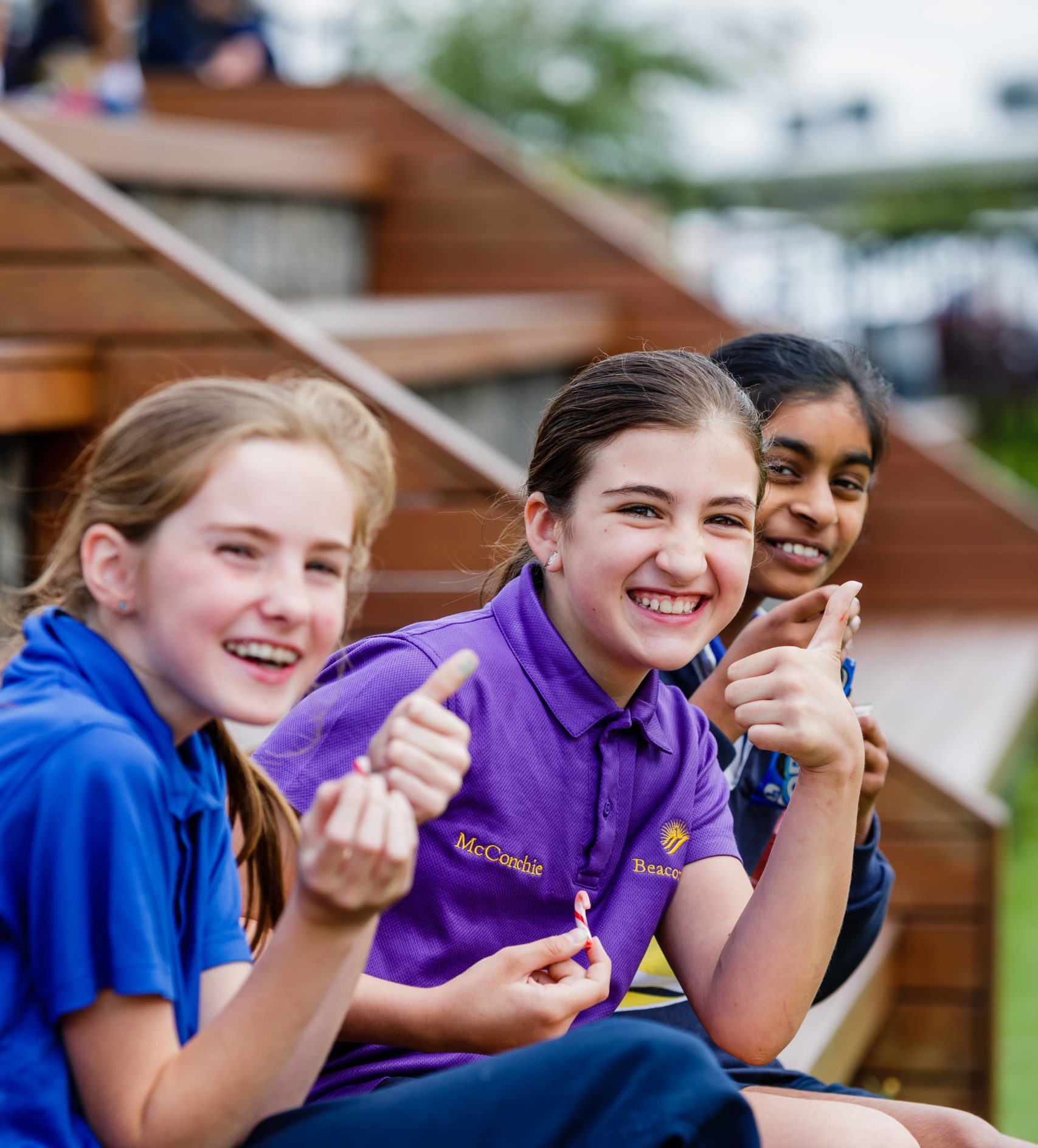Vaping has become increasingly popular among young people and – as an emerging societal health issue – this is of great concern to our College, where the health and wellbeing of our students is top priority.
We know that a collaborative and consistent approach from the Beaconhills community is the best way to help educate students and address behaviours. Talking to your children and young people is vitally important.
An Australian survey found that among students aged 12-17, around 14 per cent had used an e-cigarette at least once, and out of these students, 32 percent had used one in the past month. This is especially worrying when you consider the risks of vaping. An ABC report detailed some of the multiple adverse health outcomes of vaping, including poisoning, addiction, seizure, burns and lung injury. A major concern is that, through vaping, our young people are exposed to levels of nicotine intake which can easily lead to ongoing addiction.
The challenges we all face in managing this health issue is that these vapes are small, easy to hide from parents and teachers, and cheap. Young people are increasingly seeing their peers vaping and experiencing peer pressure to participate. As we all know, young people can feel invincible despite health concerns, which can come from adults (who are definitely not trendy) and seem well into the future. When faced with the choice between socially fitting in and considering long term health effects, we can imagine the choice that some of our young people will feel required to make.
We know that young people are increasingly finding ways to vape which make adult supervision difficult, such as before or after school or in toilets. As a community we need to take action to steer our young people away from this health risk, whether that be through conversations, education or strategies in our homes and in our schools.
Our first step as a community is to ensure we know the nature of this issue and are willing and able to communicate with our young people to talk through these risks. There are a number of resources available to us all, such as:
- our BeaconNET Wellbeing page (login needed) where there are resources on Beaconhills School TV and a Special Report on Vaping
- Fact sheet on vaping – Lung Foundation Victoria
- Quit Victoria’s teen vaping page
- Smoking and vaping resources page from education.vic.gov.au
The physical and mental wellbeing of our students is of the highest importance, and we all need to continue to address this important issue. Through our collective efforts as a community we are best placed to protect our young people from this emerging health issue.
